1. The Twilight Zone

Rod Serling’s The Twilight Zone wasn’t just a TV show, it was a portal into the unexpected. First airing in 1959 and running through the early ‘60s, it delivered twist endings, eerie scenarios, and social commentary wrapped in science fiction and fantasy. Watching it now feels like flipping through a book of short stories where each page holds a different world. Many of the episodes still pack the same punch they did decades ago, leaving you with that satisfying, unsettled feeling.
What makes it such a cult favorite is that it never talked down to its audience. Even the most outlandish tales carried a human truth. Whether it was William Shatner freaking out over a gremlin on an airplane wing or a poignant lesson about greed, the stories stuck with you. Streaming it today is like stepping into a time capsule that still feels surprisingly relevant.
2. The Outer Limits
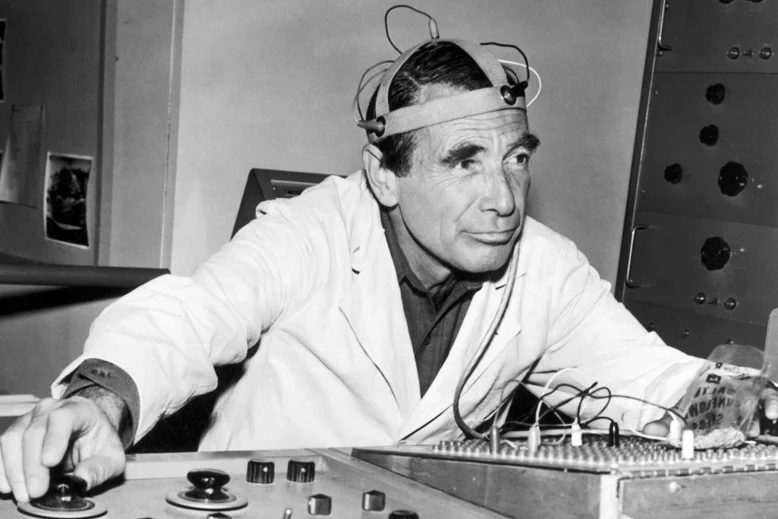
If The Twilight Zone is a quiet shiver, The Outer Limits is the full-body chill. Premiering in 1963, it embraced bizarre creatures, alien encounters, and eerie technological experiments gone wrong. Its opening narration invited you to “sit quietly and we will control all that you see and hear,” and the next hour lived up to that promise. The visuals often felt like stepping into the pages of a pulp magazine.
While it only ran for two seasons, its influence is undeniable, inspiring everything from The X-Files to Black Mirror. The practical effects, though dated by today’s standards, have a charm all their own. Its combination of horror, sci-fi, and moral cautionary tales keeps it in cult territory. Revisiting it feels like wandering into the strangest corner of a vintage comic book shop.
3. The Fugitive
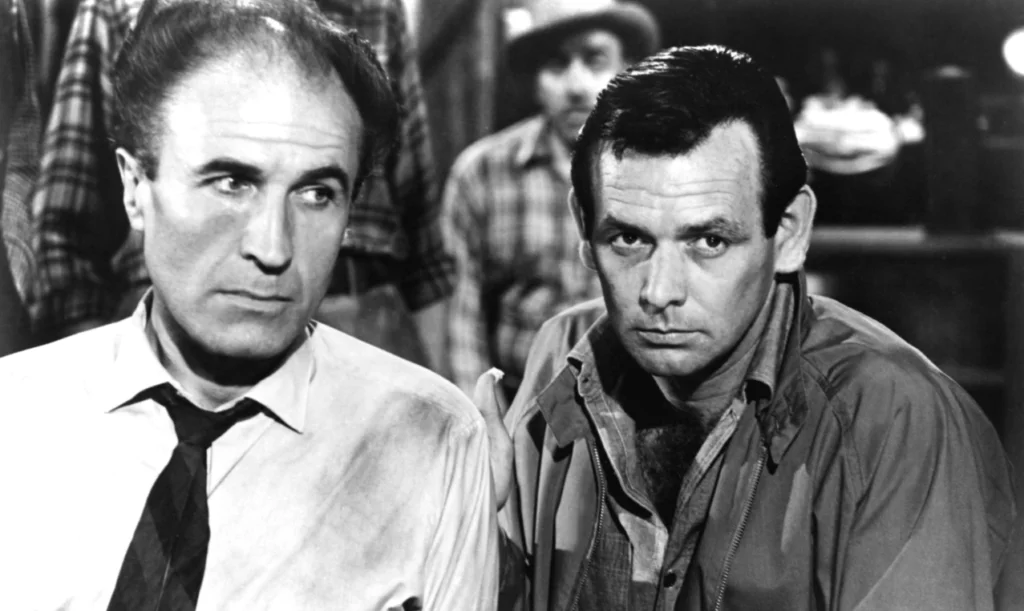
Before high-stakes TV thrillers became standard, The Fugitive set the bar in 1963. It followed Dr. Richard Kimble, a man wrongly accused of murdering his wife, as he traveled from town to town while evading the relentless Lt. Gerard. Each episode blended suspense with emotional drama as Kimble tried to help people he met along the way. The chase created a constant undercurrent of tension that kept viewers hooked.
The series’ finale was one of the most-watched TV episodes of its time, proving just how invested audiences were in Kimble’s fate. Today, it still works as a character-driven thriller with heart. The writing took time to explore moral dilemmas and personal struggles. Watching it now offers both the thrill of the chase and a fascinating snapshot of ‘60s TV pacing and style.
4. Dark Shadows
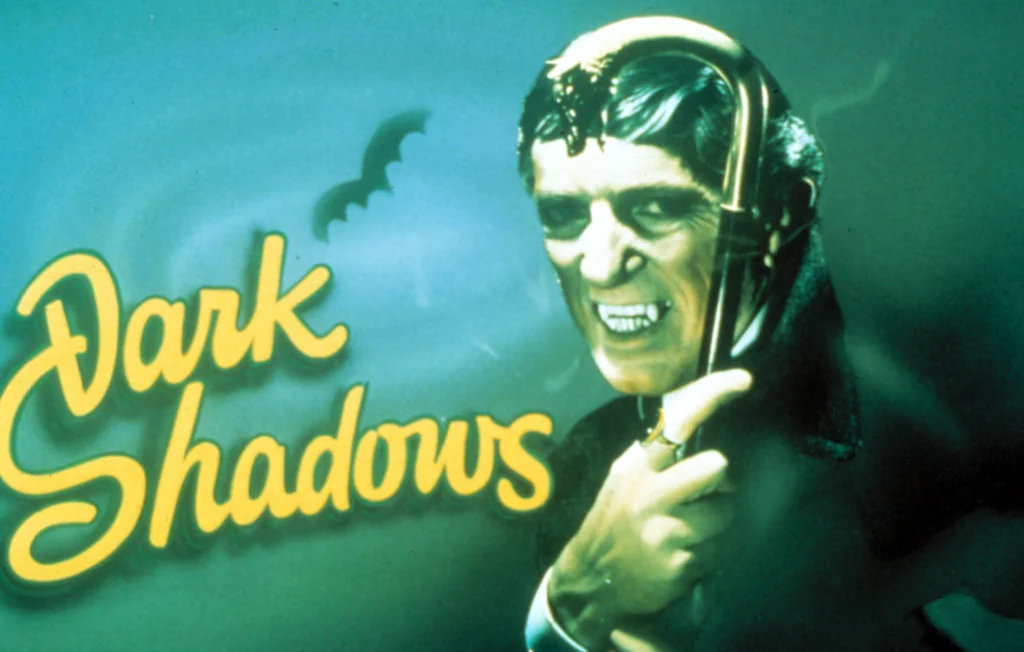
When Dark Shadows premiered in 1966, it was supposed to be a standard Gothic soap opera. Then they introduced a vampire named Barnabas Collins, and everything changed. Suddenly, afternoon TV was filled with ghosts, witches, and time travel plots. Its moody sets and melodramatic acting gave it a uniquely eerie charm.
Part of its cult appeal is its willingness to embrace the bizarre without apology. The special effects were often shaky, and mistakes sometimes made it to air. Yet those imperfections only add to its fun today. It’s like a spooky, over-the-top stage play unfolding in your living room.
5. Get Smart
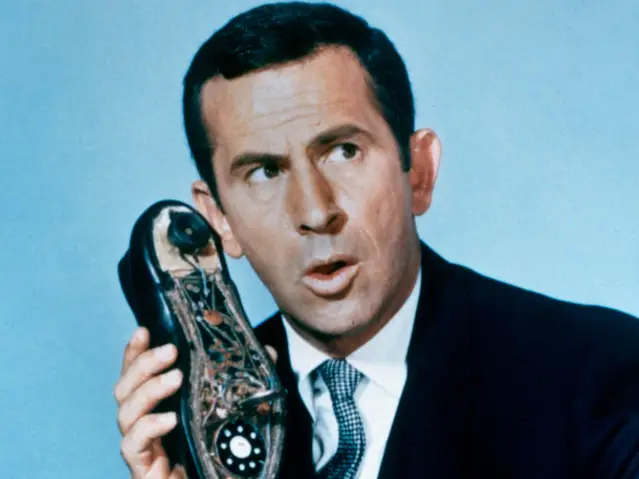
Comedy in the spy genre hit its stride with Get Smart in 1965. Created by Mel Brooks and Buck Henry, it followed bumbling secret agent Maxwell Smart, Agent 99, and their battle against the evil KAOS organization. The slapstick humor, clever wordplay, and parody made it work for both kids and adults. It was a spy show that didn’t mind being ridiculous.
Many of its catchphrases (“Would you believe…?”) still pop up in pop culture. Don Adams and Barbara Feldon had great chemistry that kept the laughs coming. Even with its lighthearted tone, the episodes were smartly written. Watching it now is a reminder that comedy can be silly and still brilliantly sharp.
6. The Avengers
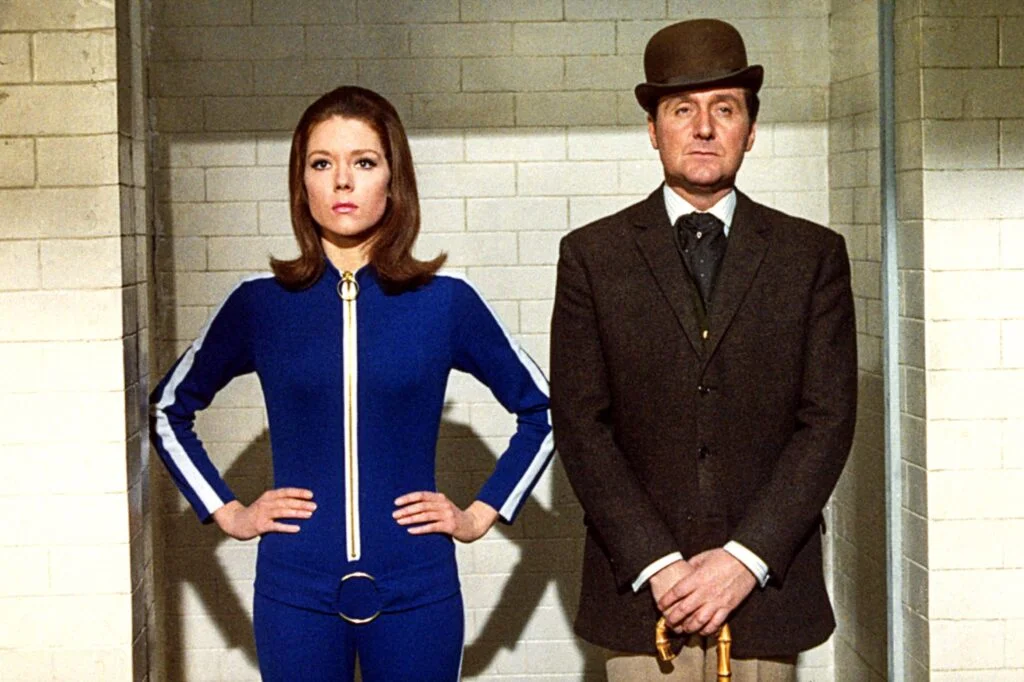
This stylish British import brought a cool, quirky vibe to the spy genre. By the time it reached U.S. audiences in the mid-’60s, The Avengers was serving up mod fashion, witty banter, and surreal plots. John Steed’s bowler hat and Emma Peel’s leather catsuits became icons of ‘60s television style. The show’s tone was equal parts suave and absurd.
Its mix of espionage and tongue-in-cheek humor gave it a different feel from American spy shows. The playful chemistry between Steed and Peel kept the action fun. Even the strangest storylines were carried with a wink to the audience. It’s a swingin’ London time capsule with a dash of the unexpected.
7. Mission: Impossible
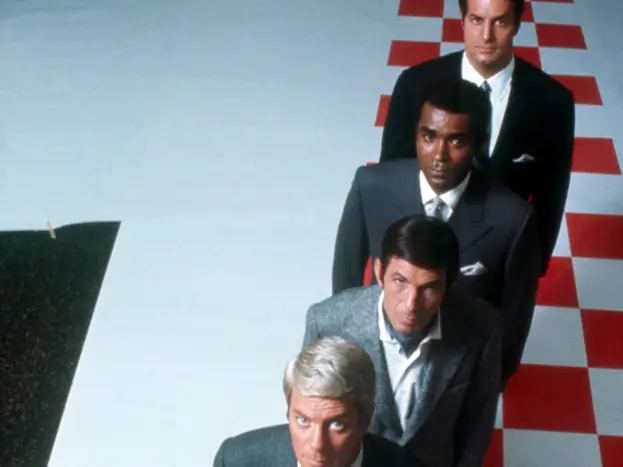
Before it was a movie franchise, Mission: Impossible was a tense, tightly plotted TV series. Debuting in 1966, it featured a rotating cast of skilled agents pulling off elaborate missions with gadgets, disguises, and clever planning. The famous self-destructing tape at the start of each episode set the stakes high from the beginning. Its slow build created suspense instead of rushing to action.
The original series moved at a more deliberate pace than the films. That allowed for intricate setups and satisfying payoffs. It was less about explosions and more about strategy and precision. Watching it now feels like seeing the blueprint for modern spy thrillers.
8. Rowan & Martin’s Laugh-In
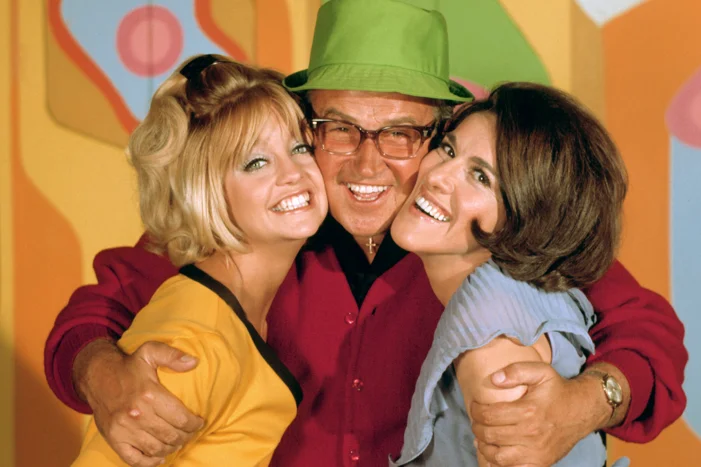
This sketch comedy series burst onto TV screens in 1968 with rapid-fire jokes, political satire, and absurd skits. Hosted by Dan Rowan and Dick Martin, Laugh-In featured a cast that included Goldie Hawn, Lily Tomlin, and Arte Johnson. The energy was nonstop, and the humor often reflected the cultural upheaval of the era. Its bright colors and fast edits made it visually distinctive.
Some of the jokes feel like a snapshot of their time, but the playful spirit remains. Running gags and celebrity cameos kept the show unpredictable. You never knew who would pop out from behind the joke wall next. It’s a reminder that sketch comedy can be both silly and smart.
9. Star Trek
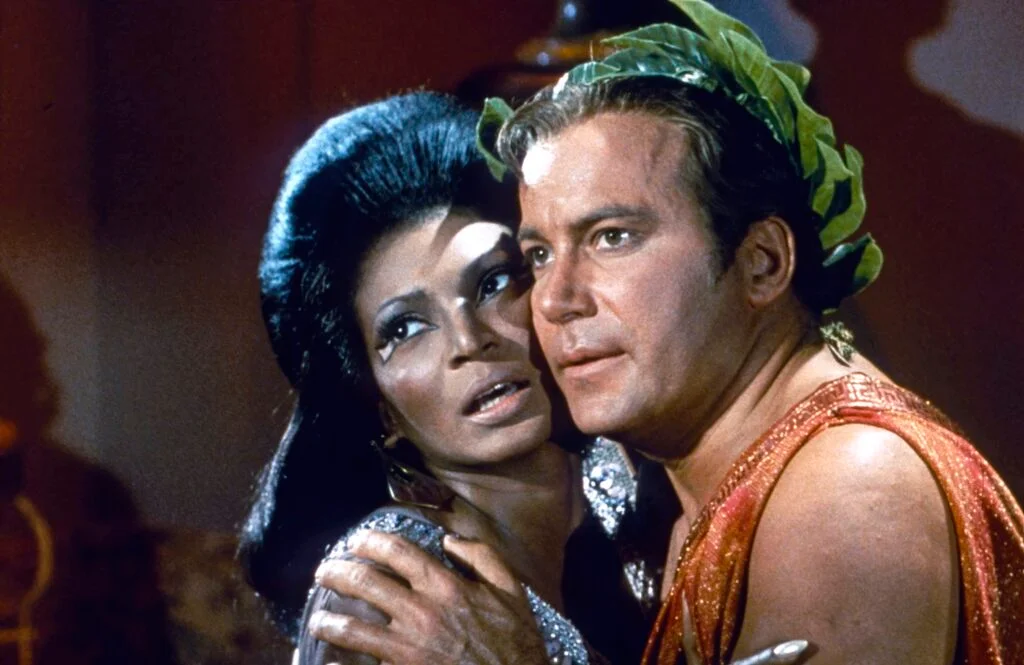
When Star Trek premiered in 1966, it wasn’t a ratings juggernaut, but it slowly built a passionate fanbase. The voyages of the USS Enterprise explored moral questions and human nature through the lens of science fiction. Captain Kirk, Spock, and Dr. McCoy became one of TV’s most iconic trios. Even its campier moments carried big ideas.
What keeps it alive today is how timeless the themes feel. Issues of equality, diplomacy, and courage still resonate. The original series laid the foundation for decades of spin-offs and films. Watching it now feels like visiting the birthplace of an entire universe.
10. Batman
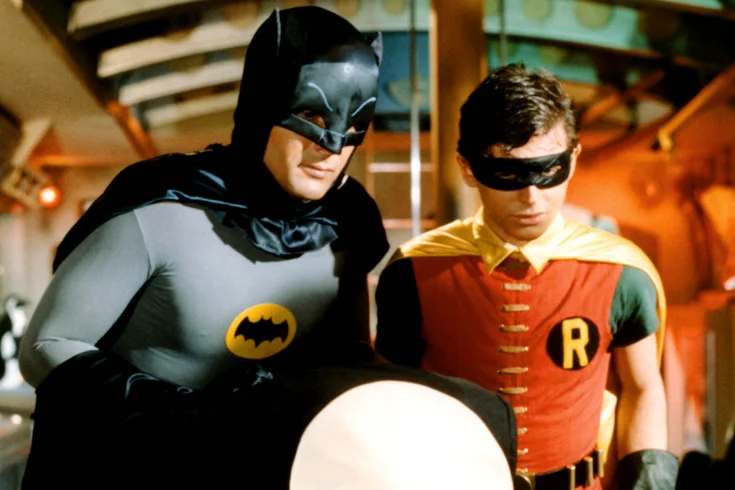
The 1966 Batman series was pure campy fun. Adam West and Burt Ward played their roles with a straight face while surrounded by outrageous villains. Every fight scene came with “Bam!” and “Pow!” splashed across the screen. It was a comic book brought to life in the most literal way.
Its bright colors, over-the-top dialogue, and knowing humor made it a favorite for kids and adults alike. The show winked at the audience while still delivering genuine adventure. Watching it today, you can’t help but appreciate its mix of innocence and absurdity. It’s superhero TV at its most joyfully ridiculous.
11. I Spy
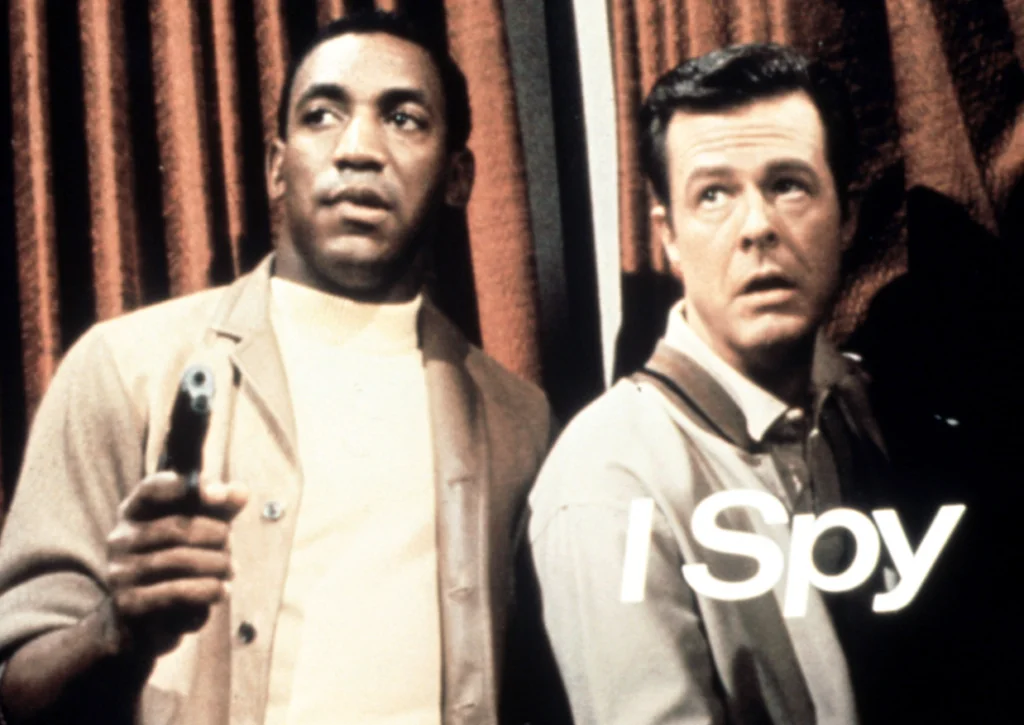
Debuting in 1965, I Spy paired Robert Culp and Bill Cosby as undercover agents posing as a tennis pro and his coach. It broke new ground by casting an African American actor in a leading dramatic role. The show combined espionage with light humor and shot on location around the world. The global settings added a level of authenticity that set it apart.
The charm came as much from the characters’ banter as from the spy plots. Culp and Cosby’s chemistry made their partnership believable and fun. Even when the missions got tense, the relationship kept things grounded. It’s a time capsule of ‘60s style wrapped in a spy thriller.
12. The Prisoner
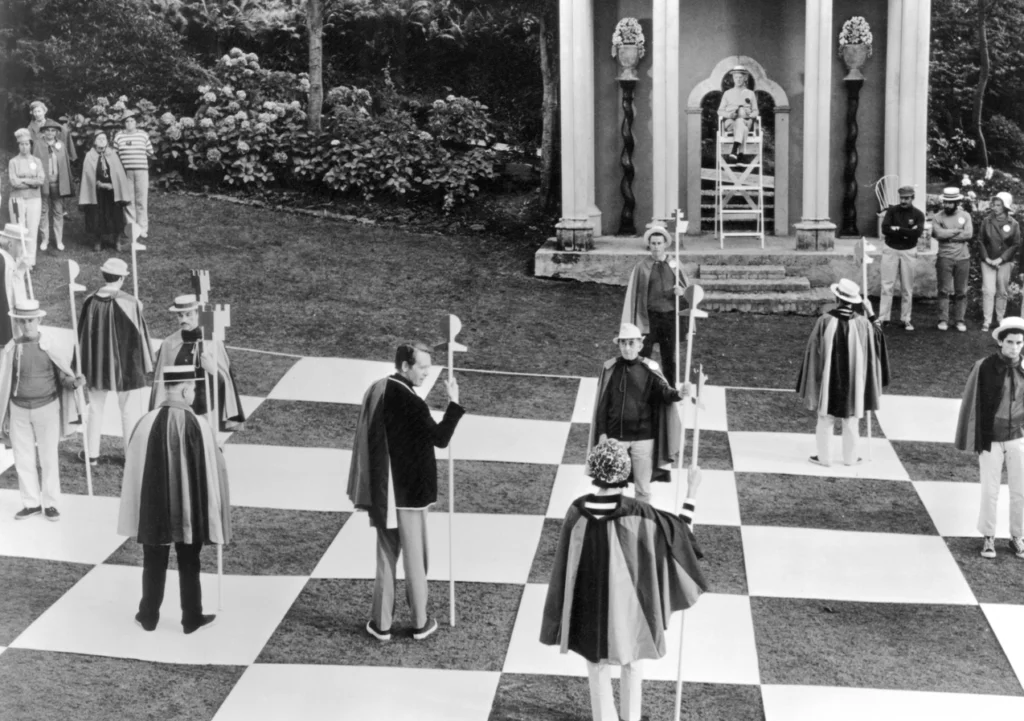
This 1967 British series defied easy categorization. Starring Patrick McGoohan as a former spy trapped in a mysterious seaside village, The Prisoner blended espionage, science fiction, and philosophy. Each episode added to the puzzle of who was controlling the Village and why. Its imagery was strange, beautiful, and unsettling.
Fans have debated its meaning for decades, and it’s the kind of show that rewards repeated viewing. Every rewatch reveals new clues and hidden details. It’s both of its time and completely timeless in its themes of freedom and control. Even now, it feels ahead of its time.


